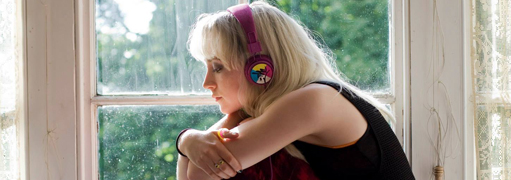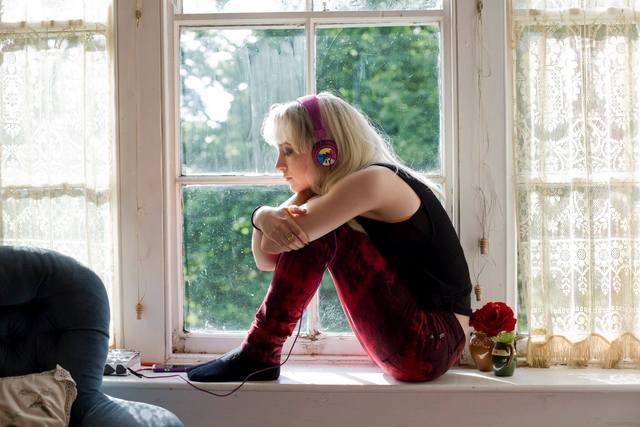Film Review: Small Cast And Low Budget Construct An Unusual Coming-Of-Age Tale In How I Live Now
Grim Survivalist Drama Proves Teen Love Will Survive The Apocalypse


Latest Article|September 3, 2020|Free
::Making Grown Men Cry Since 1992

